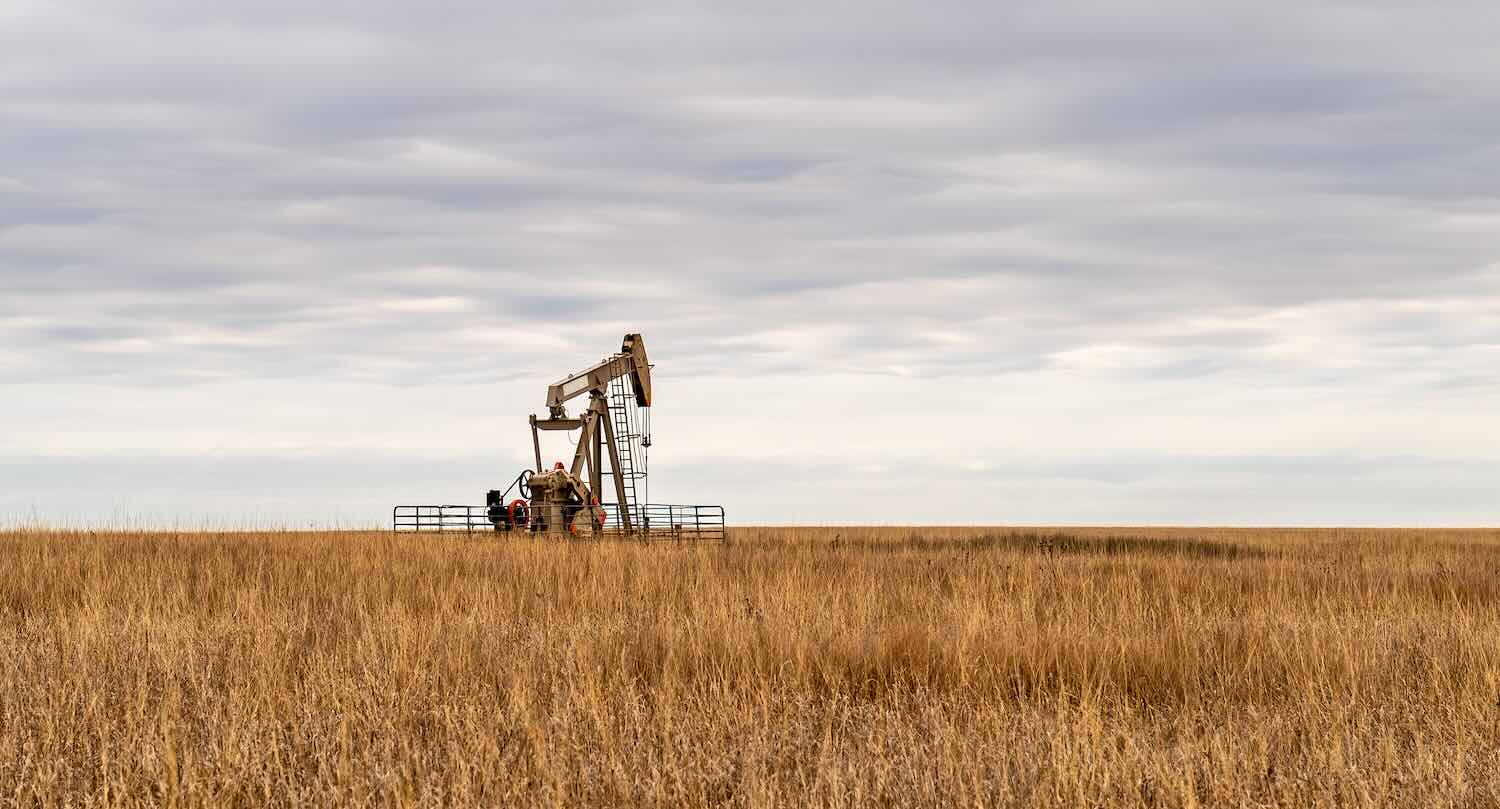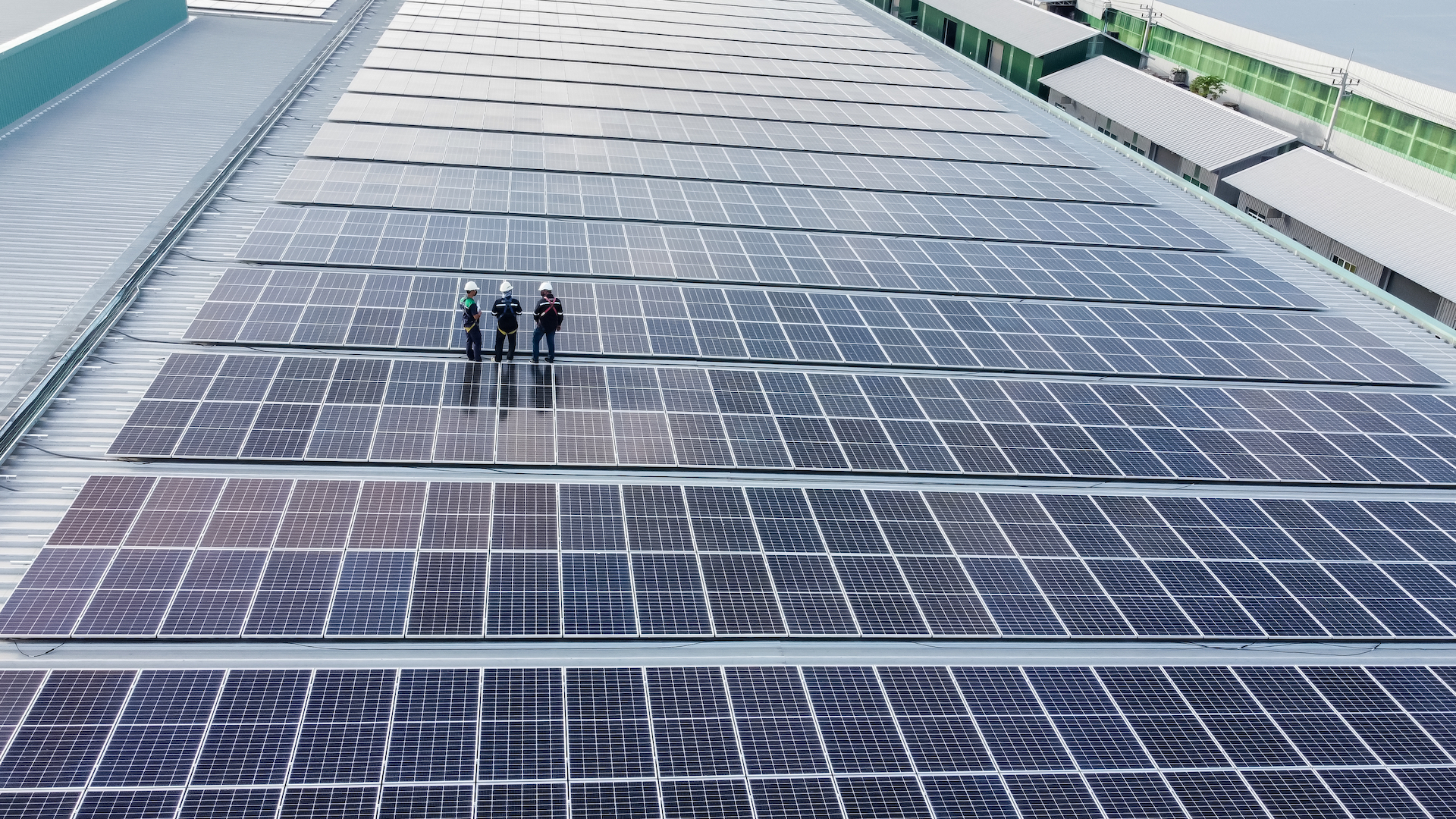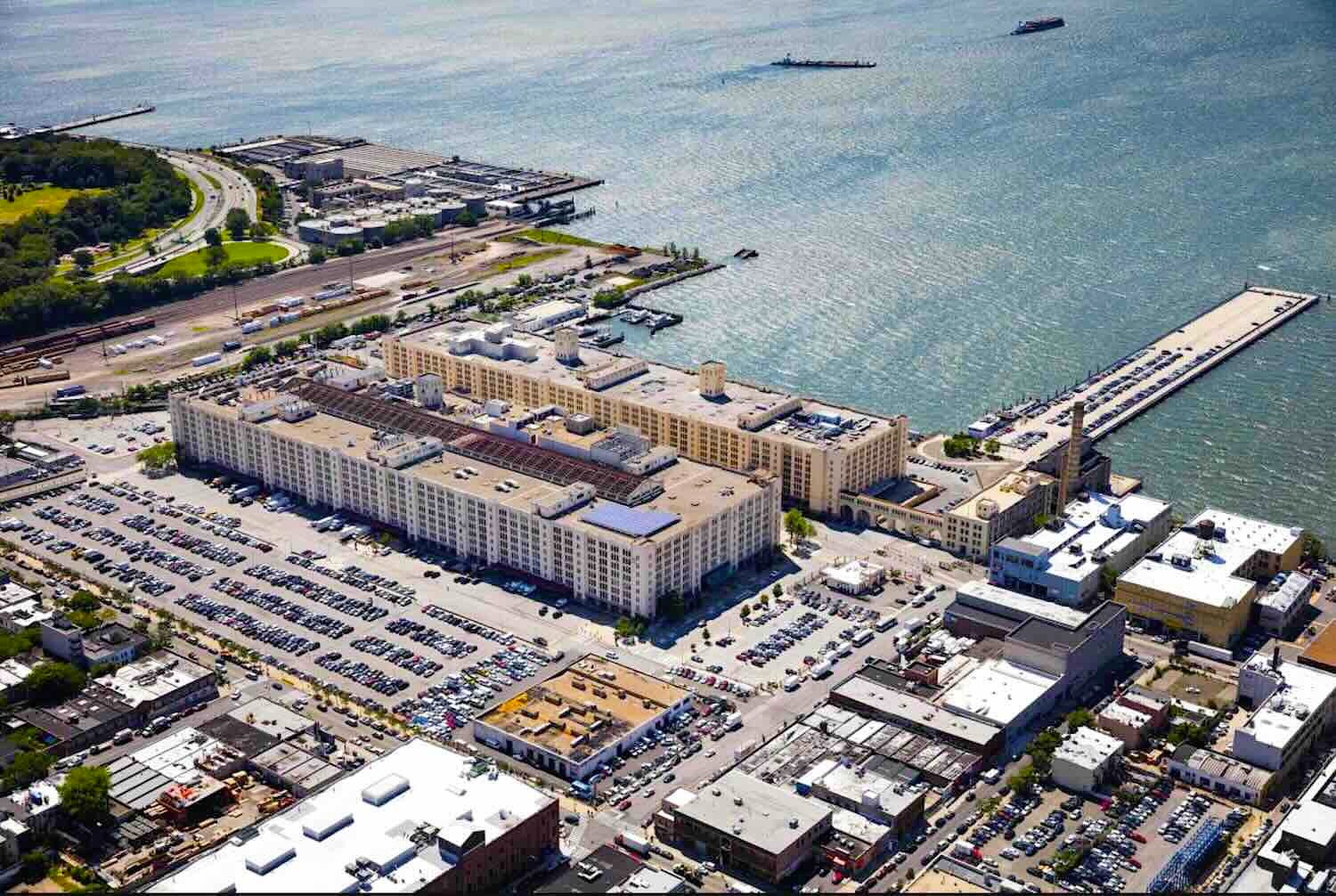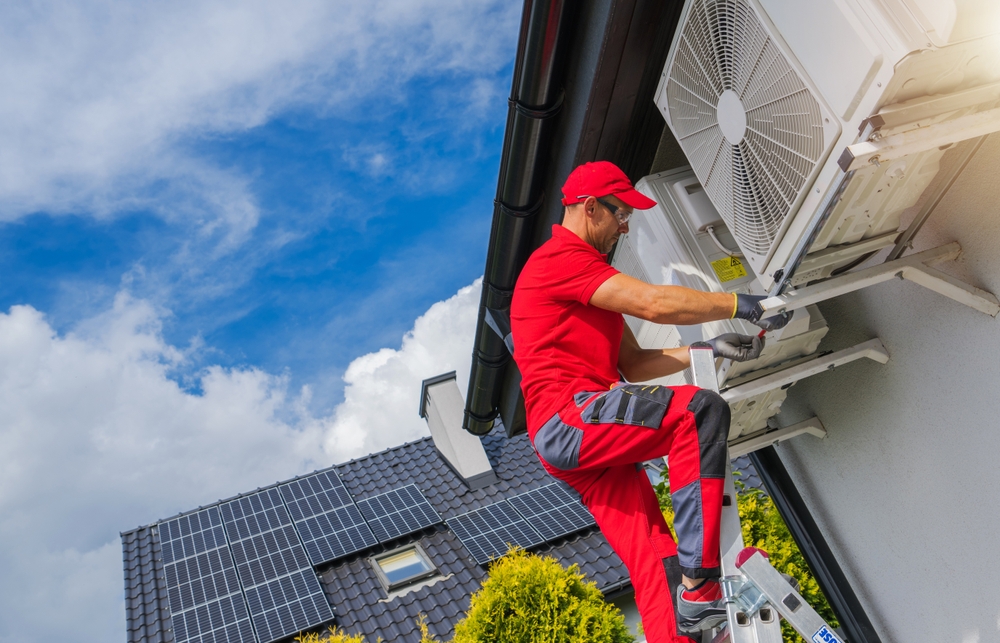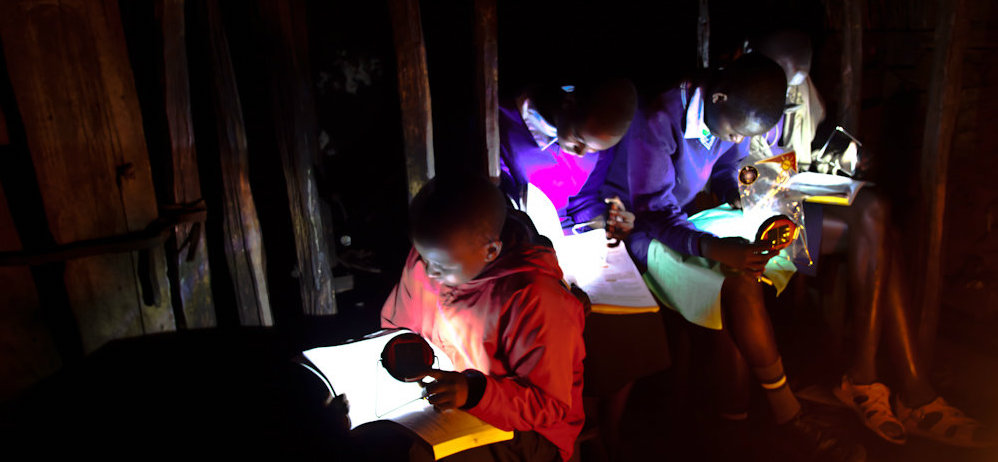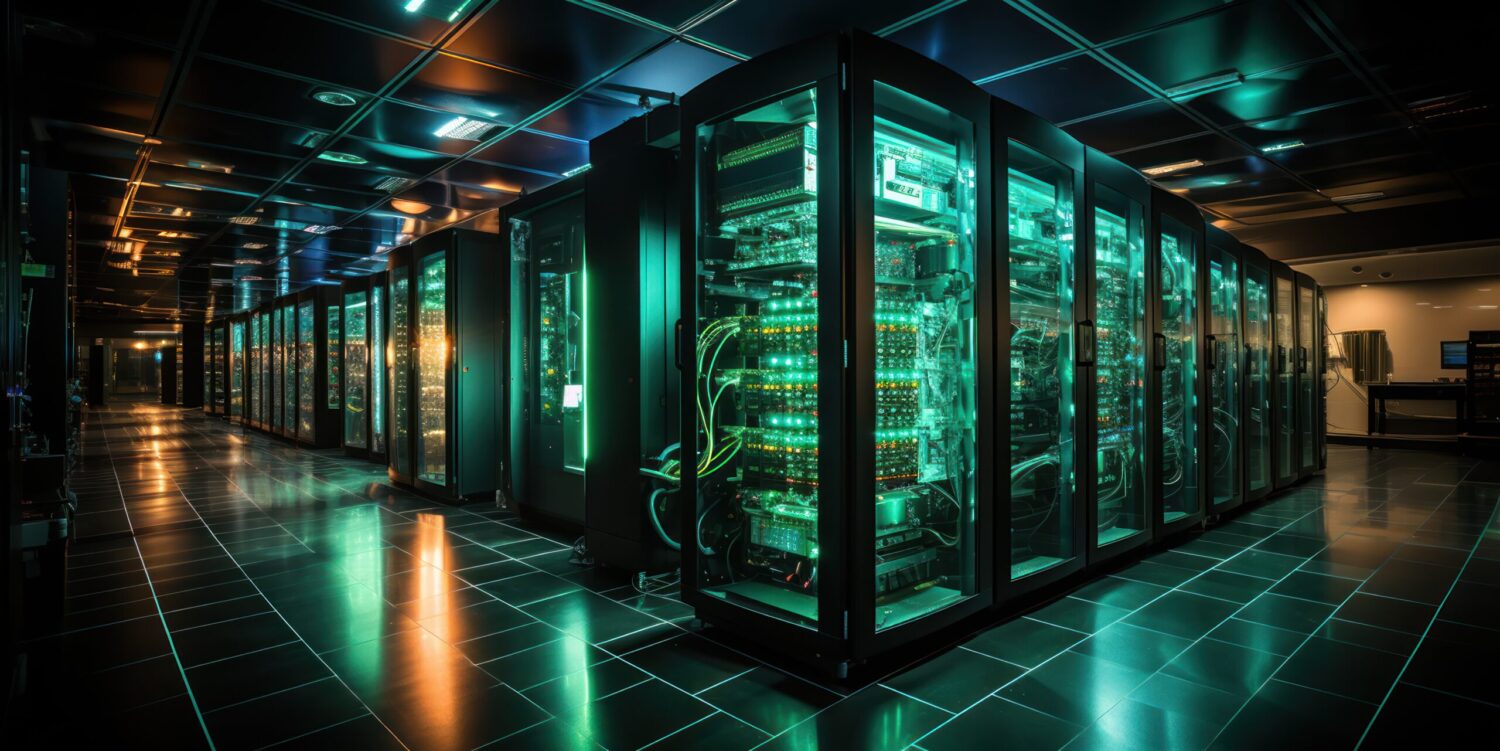ImpactAlpha, Jan. 29 – Oil and gas fields are good places to produce energy – from wind turbines and solar panels.
The often-lengthy permitting process for renewable energy projects is spurring an effort to site them on the roughly 23 million acres of federal lands currently leased to oil and gas companies, land that has already cleared environmental reviews and also may have roads, grid connections and other infrastructure.
Can oil and renewables co-exist? Planet ReImagined, an incubator for innovation in climate action, says yes. Surveys conducted by the New York-based nonprofit suggest more than-three quarters of oil and gas fields on federal lands are suitable for wind or solar projects. Planet Reimagined is starting to help small oil and gas well owners transition to cleaner energy, along with the state and municipal agencies that depend on them for revenues.
It’s a largely untapped resource: the 245 million acres overseen by the Bureau of Land Management hold just 6% of national installed solar capacity and 1% of installed wind.
The initiative, known as Common Grounds, has gained bipartisan backing, notably from Rep. John Curtis of Utah, a Republican member of the Conservative Climate Caucus, and Democratic Rep. Mike Levin of California. The representatives have urged the Interior Department to streamline and encourage such energy land-sharing; the department has given tacit approval, Met says. That could pave the way to faster deployment of wind and solar and mitigate obstacles slowing the transition.
“We need to find a path forward for the energy transition that is not going to rely on who’s in the White House,” Planet ReImagined’s Adam Met told ImpactAlpha.
“I think we all agree on the need for energy independence, and I think we’ve got tremendous untapped potential in our public lands,” said Rep. Levin in a video produced by Planet ReImagined. “This has become an issue that is of the utmost importance.”
Flashpoints
Met is better known as the bassist for the indie pop band AJR, which he started with his two brothers, Jack, and Ryan. Planet ReImagined, and the Common Grounds project in particular, grew out of his post-graduate work in sustainable development and human rights law. His PhD thesis explored the protection of indigenous rights amid a potentially disruptive energy transition. He met his Planet ReImagined cofounder, Mila Rosenthal, when they both worked at the United Nations.
The pair have organized four years of fellowships that have explored solutions for urban farming, waste, sustainable management of rivers, and the land-sharing project that become Common Grounds. A grant from the Salesforce Foundation will help build the business case for energy land-sharing, create environmental justice guardrails and kickstart the pilot projects.
The project aims to address some of the flashpoints and economic dislocations that could slow the energy transition.
Fossil fuels must be cut by 25% this decade, and 80% by 2050, to stave off the worst impacts of global warming, according to the IEA. The COP28 climate summit in Dubai concluded in December with a pledge to “transition away” from fossil fuels. Yet fossil fuel production has continued to inch up. In the US, oil and gas production on federal lands account for a quarter of US greenhouse gas emissions since 2005, according to one study.
The Biden Administration has promised to generate 100% zero-carbon electricity by 2035, and reach net-zero economy-wide by mid-century. Meeting demand for wind and solar energy could require up to 272 million acres of land, according to one study. The vast scale of the undertaking will require trade-offs on land use, such as conservation, farming and recreation. Co-locating renewable energy on lands already designated for energy production, rather than on undeveloped land, could help preserve large swaths of natural habitat.
The transition to clean energy also threatens to leave behind many workers and communities. Fossil fuels have been the primary energy source for decades, and many state and local governments rely on the tax and royalty revenues they generate. Climate advocacy group Resources for the Future studied 79 counties across 10 leading energy-producing states. While wind and solar generated more than $1 million for 20 of the counties, almost a dozen local governments received more than $100 million annually from fossil fuels.
Another wrinkle: Some 80% of US oil and gas wells are owned not by giant oil majors, but hundreds of smaller operators, typically with 12 or so employees. As oil majors have shed their dirtiest and least efficient wells, they have often ended up in the hands of these small, private operators, so helping them transition is critical to reducing emissions.
Some of these operators told Planet ReImagined that they would switch to cleaner energy if they had the opportunity. “A lot of these small mom and pop companies are in energy communities that are looking to the future to figure out what their future is going to look like,” says Met. Revenues from renewable energy, he adds, could also hasten the plugging of marginal or abandoned wells.
Energy conversions
Met envisions oil and gas lease owners and renewable energy developers forging joint ventures or power purchase agreements. The sites may qualify for a 10% tax credit provided by the Inflation Reduction Act for clean projects in so-called energy communities, areas with recently retired coal plants or traditionally heavy reliance on fossil fuel jobs.
The nonprofit is putting together a cohort of small oil and gas operators, starting in New Mexico, Colorado and West Texas, and helping them transition. “If they’re able to transition their businesses and give their employees the training to be able to do renewables on top of their current, or former, oil and gas, it’ll create jobs and security in addition to helping oil and gas companies move through this energy transition,” says Met.
Common Grounds is one of several efforts to convert land once used for fossil fuels or other purposes to clean energy. The US Department of Energy has identified hundreds of retired or active coal plants that could be turned into small modular nuclear sites. Repurposing coal infrastructure for nuclear, the agency found, would cut development costs by up to a third, improve local air quality and create jobs. Another DOE initiative is looking to build utility-scale wind and solar power on federal lands previously used by nuclear weapons programs.
The Environmental Protection Agency’s RE-Powering America’s Land program encourages renewable energy development on brownfields, landfills, and other contaminated sites in conjunction with the local community’s goals. The Nature Conservancy proposes strategies including co-locating wind and solar, siting fixed photovoltaics panels on agricultural land, and using fixed tilt panels to lessen the land area needed for large-scale solar farms.

